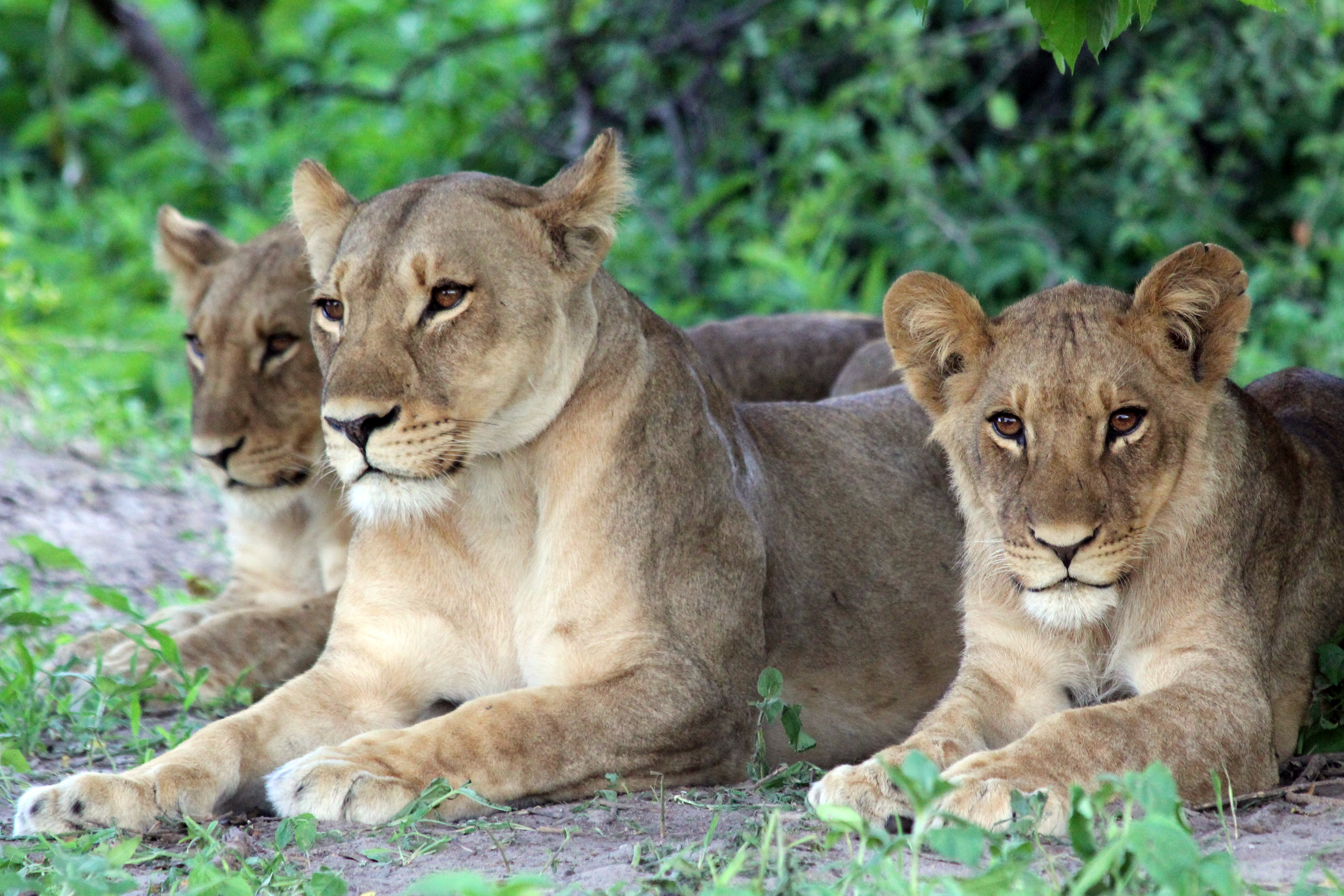Preserving social carnivores is complicated

Carnivore management is not just a numbers game, Virginia Tech wildlife scientists assert in response to an article in the Jan. 10 issue of the journal Science that urged “minimum population densities be maintained for persistence of large carnivores, biodiversity, and ecosystem structure.”
But some species and ecosystems may suffer if such a broad point of view is applied.
“This type of approach may fail in social carnivore species,” said Kathleen Alexander, associate professor of fish and wildlife conservation in the College of Natural Resources and Environment who is also affiliated with the university's Fralin Life Science Institute.
“Our research has highlighted the complexity of predator management and the need to be cautious in applying blanket approaches that rely on maintaining some target number of individuals in an ecosystem,” she continued.
The research-based argument appears in a letter in the March 14 issue of Science and an article in the October 2013 issue of the journal Population Ecology.
“Life history strategy, including number of offspring, life span, and diet, and behavior that evolves from ecological pressures of the species in question should also guide management approaches,” Alexander and Claire E. Sanderson, postdoctoral associate in fish and wildlife conservation, wrote in the Science letter.
The research by Sanderson, Alexander, and postdoctoral associate Sarah Jobbins published in Population Ecology evaluated 45 solitary and social medium and large carnivore species and their key life history attributes and population trends, and identified the presence of factors that increase the potential for extinction. Disturbingly, 73 percent of carnivore species — both social and solitary — were declining.
“Social carnivores appeared to be particularly vulnerable, with 45 percent threatened by infectious disease but only 3 percent of solitary carnivores similarly impacted,” Alexander explained. “Increased contact between individuals, disease-related mortality, and loss of individuals below some critical threshold seems to be the issue, pushing social carnivores closer to the brink of extinction.”
In the Population Ecology article, Sanderson, Jobbins, and Alexander reported, “Highly cohesive social species, like African wild dogs, require strict participation from all group members … in all areas of life, including predator avoidance, reproductive success, hunting, and survivorship. This life history strategy can result in enhanced fitness benefits for the group, but also a higher critical threshold for extinction.”
“The number of individuals in the group then becomes the critical factor influencing population persistence,” said Sanderson.
For example, rabies and distemper have caused local extinction of African wild dogs in regions of Africa. Even in a large population, transmission of an infectious disease from only a few infected individuals can result in sufficient mortality to push groups below a critical threshold, ultimately threatening population persistence, the researchers report.
Alexander’s research has found that while aggregation of conspecifics may be beneficial for reproduction, hunting, and vigilance, social living is a disadvantage when it comes to transmission of disease.
In addition, failure to consider the impacts of group dynamics may result in underestimation of critical threshold population sizes or densities required for population persistence.
In the Science letter, Alexander and Sanderson conclude, “We urge consideration of life history strategy and social behavior in the development of carnivore management strategy.”
Alexander, who is a wildlife veterinarian, cofounded the Center for Conservation of African Resources: Animals, Communities and Land Use, in Kasane, Botswana, and has been conducting research in Africa since the late 1980s. Sanderson is also affiliated with CARACAL. Alexander and Sanderson’s research is supported by the National Science Foundation.
Related Links
- Study provides data to focus diarrheal disease response in remote, resource-strapped area of Africa
- University researchers find widespread but neglected disease as real health threat in Africa
- Study shows human-wildlife microbe exchange and multidrug resistance in wildlife in protected areas in Africa







